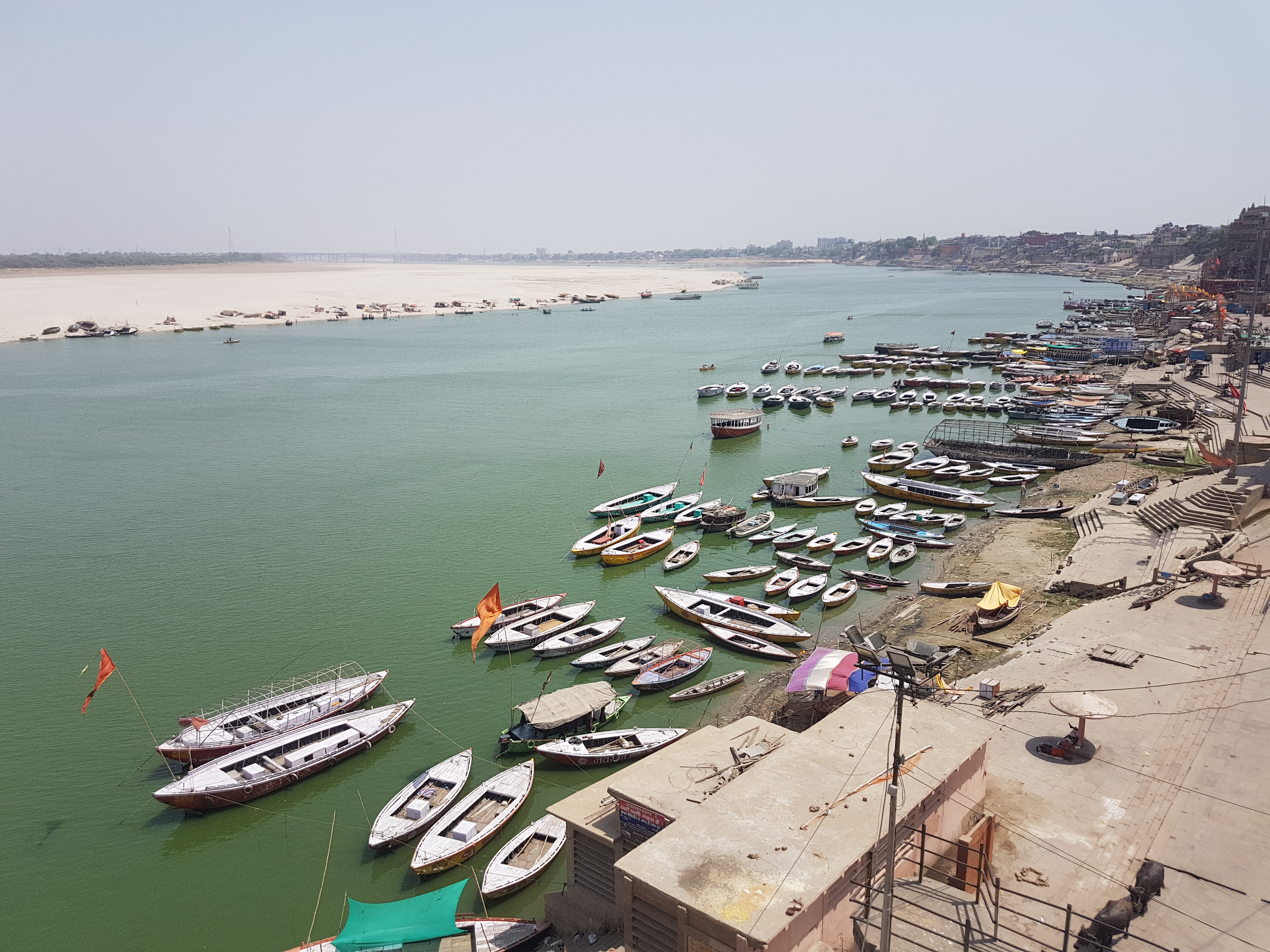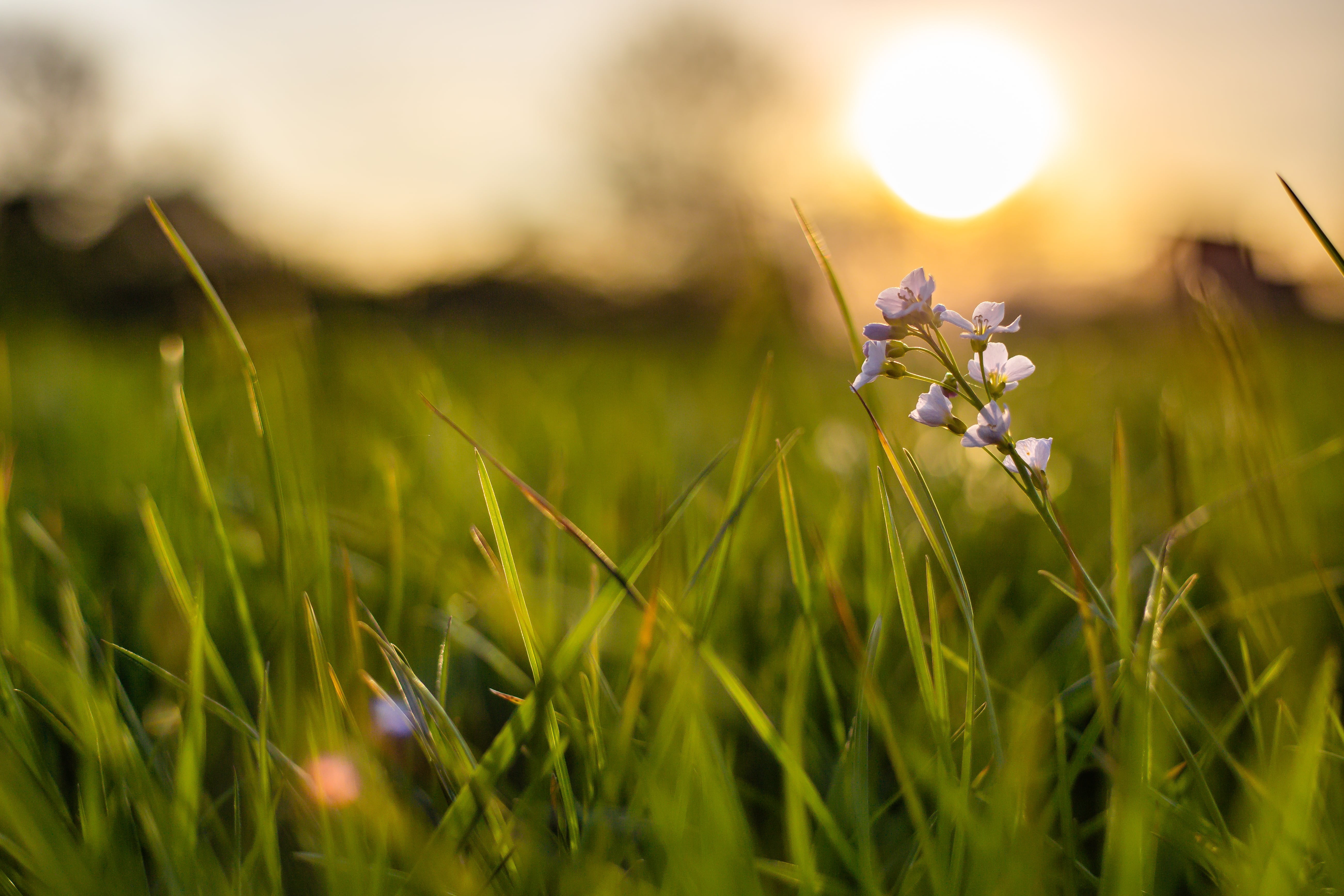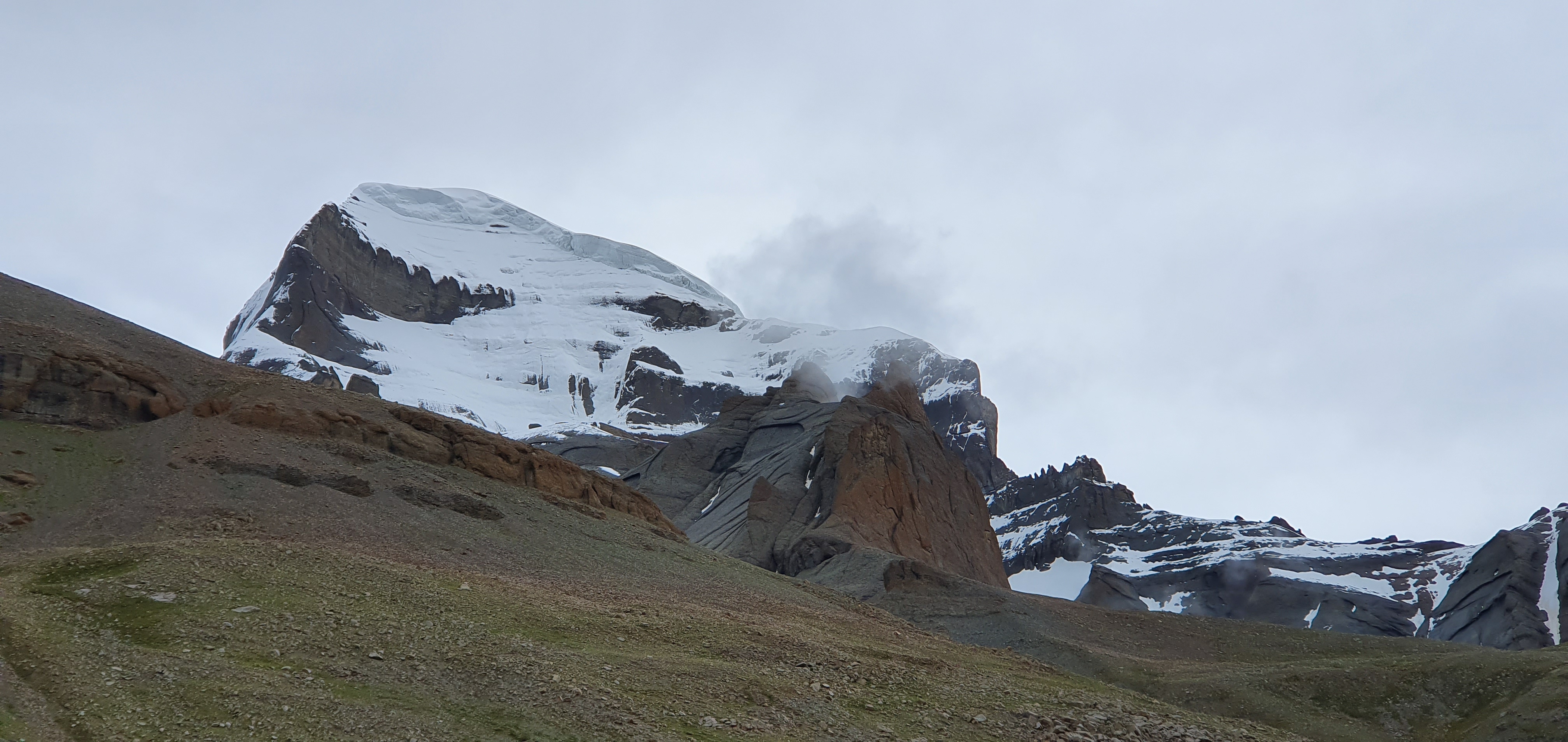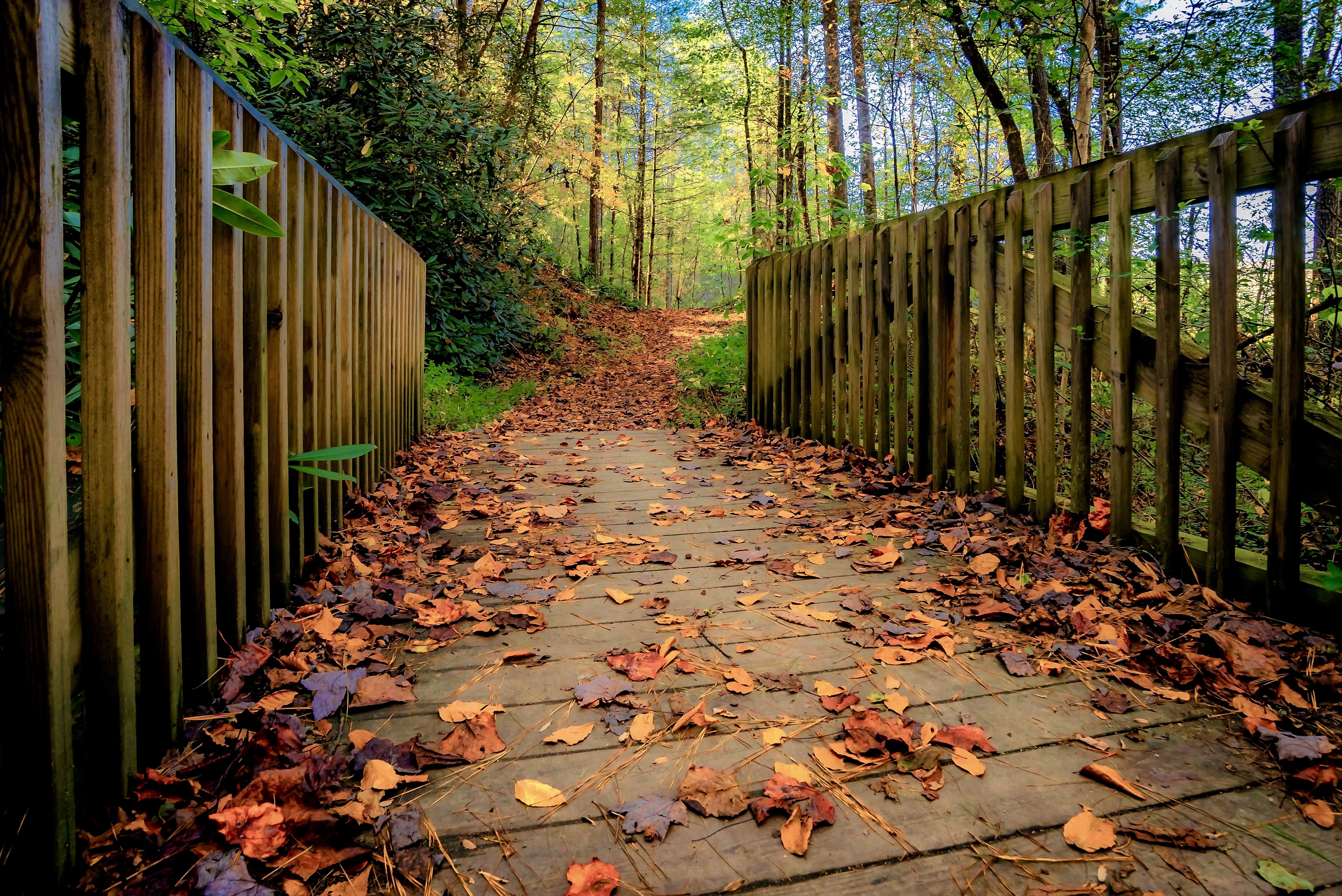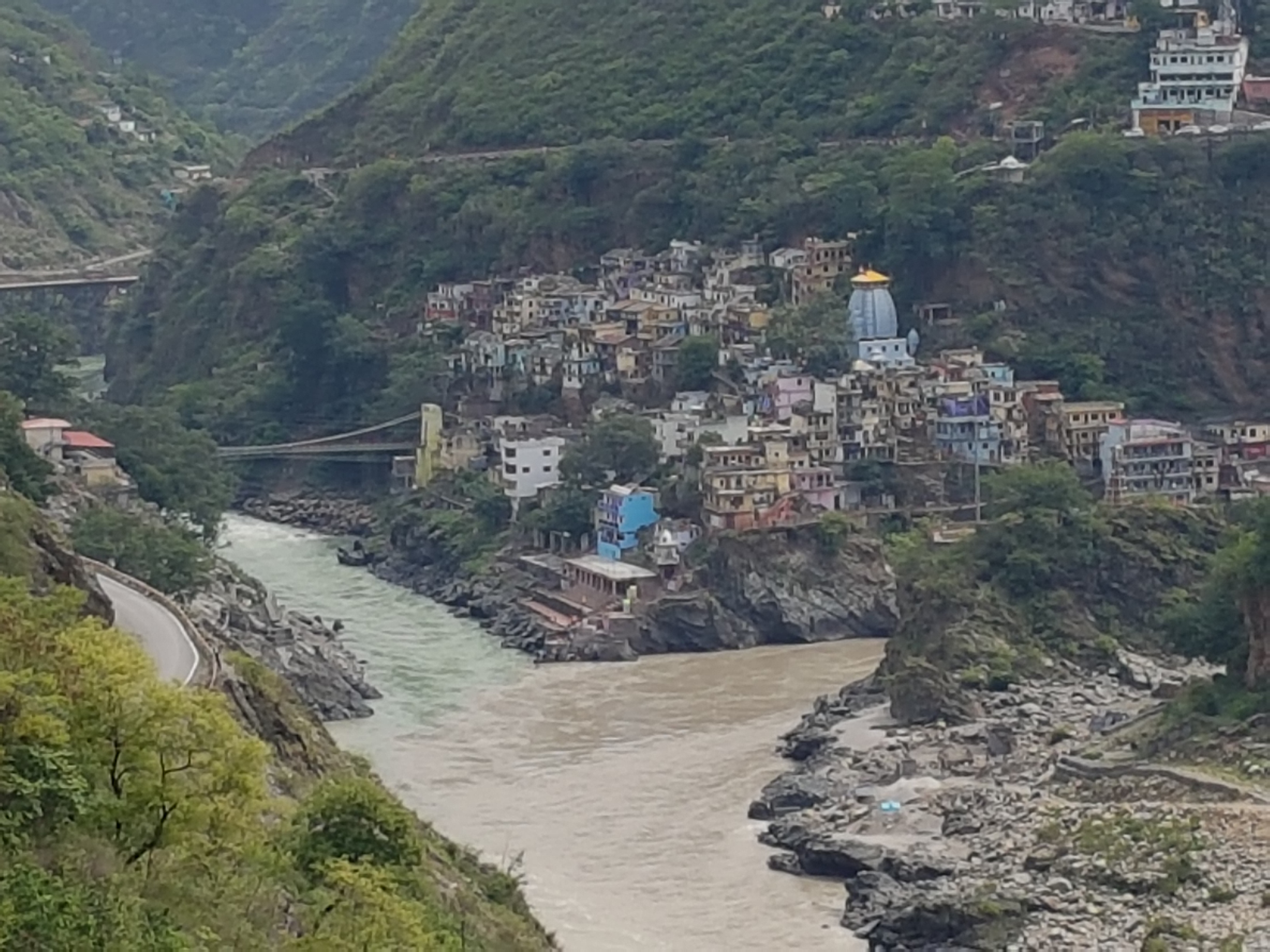Taittirīya Saṃhitā
The Taittirīyas are themselves divided into numerous sub-schools. Among these, Baudhayana and Apastamba traditions can be found in Kerala, Tamilnadu, Karnataka, Andhrapradesh, Telungana and even some parts of Maharastra while the Hiranyakeshin tradition is to be found mainly in Konkan and Western Maharashtra. The Vaikhanasa school have a more eastern presence- around Tirupati in Andra Pradesh and Chennai in Tamil Nadu. The Vadhula tradition is currently alive in Kerala –formerly it was so also in a few places in Tamil Nadu.
There are 2 parts, divided in seven chapters or Khaṇḍas, which are again subdivided into fourty-four Prapāṭhakas, which is again subdivided into 635 Anuvākas. This Śā́khā mainly give importance to Yāgas (large rituels, sacrifices) like Vājapeya Yāga and Rājāsūya Yāga.
Khaṇḍa one of this Śā́khā explains about the new moon and full moon ritual or sacrifices, the soma ritual, Agni and Somacayana, Soma, Rājāsūya etc.
Khaṇḍa two contains descriptions about special rituals or sacrifices.
Khaṇḍa three discuss about the different kinds of supplements for Yāgas like Soma and other Yāgas.
Khaṇḍa four gives information on the preparation of fire, piling of fire, placing of fire, construction of altar with bricks, sacrifice to Rudra and so on.
Khaṇḍa five is the continuity of the previous Khaṇḍa.
Khaṇḍa six gives detailed information about the Soma Yāga and explains the concept of Dakṣiṇā.
Khaṇḍa seven (the last Khaṇḍa) explains about the Ekaha (Yāgas performed in One day), Ahina (Yāgas performed in more than one day and not more than twelve days) and Śatras (Yāgas lasting more than twelve days and go up to thousand days) and Gavam Ayana too.

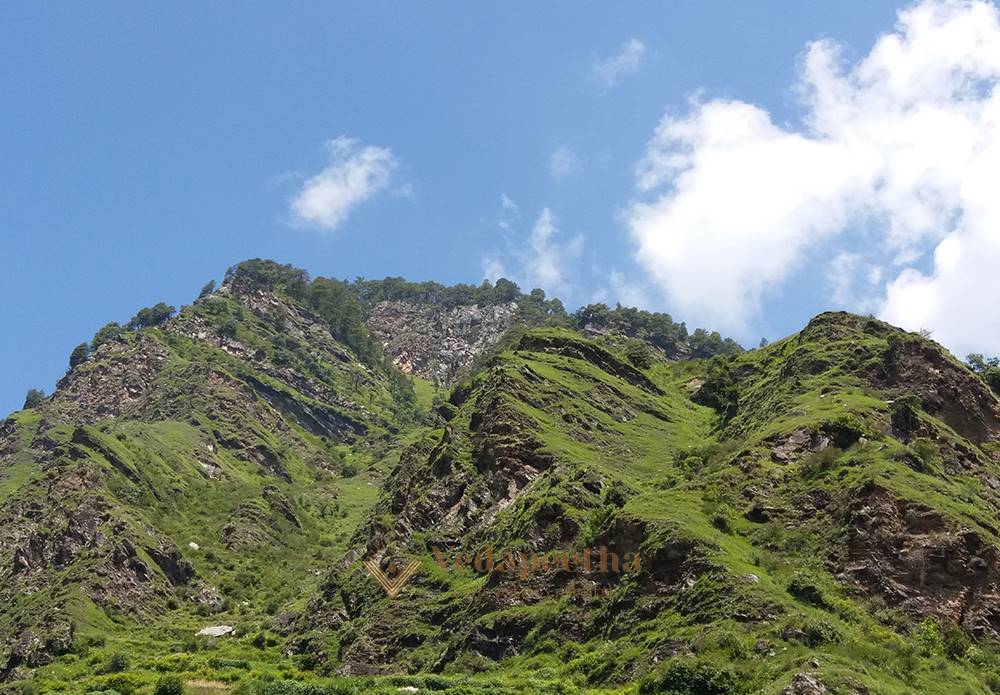
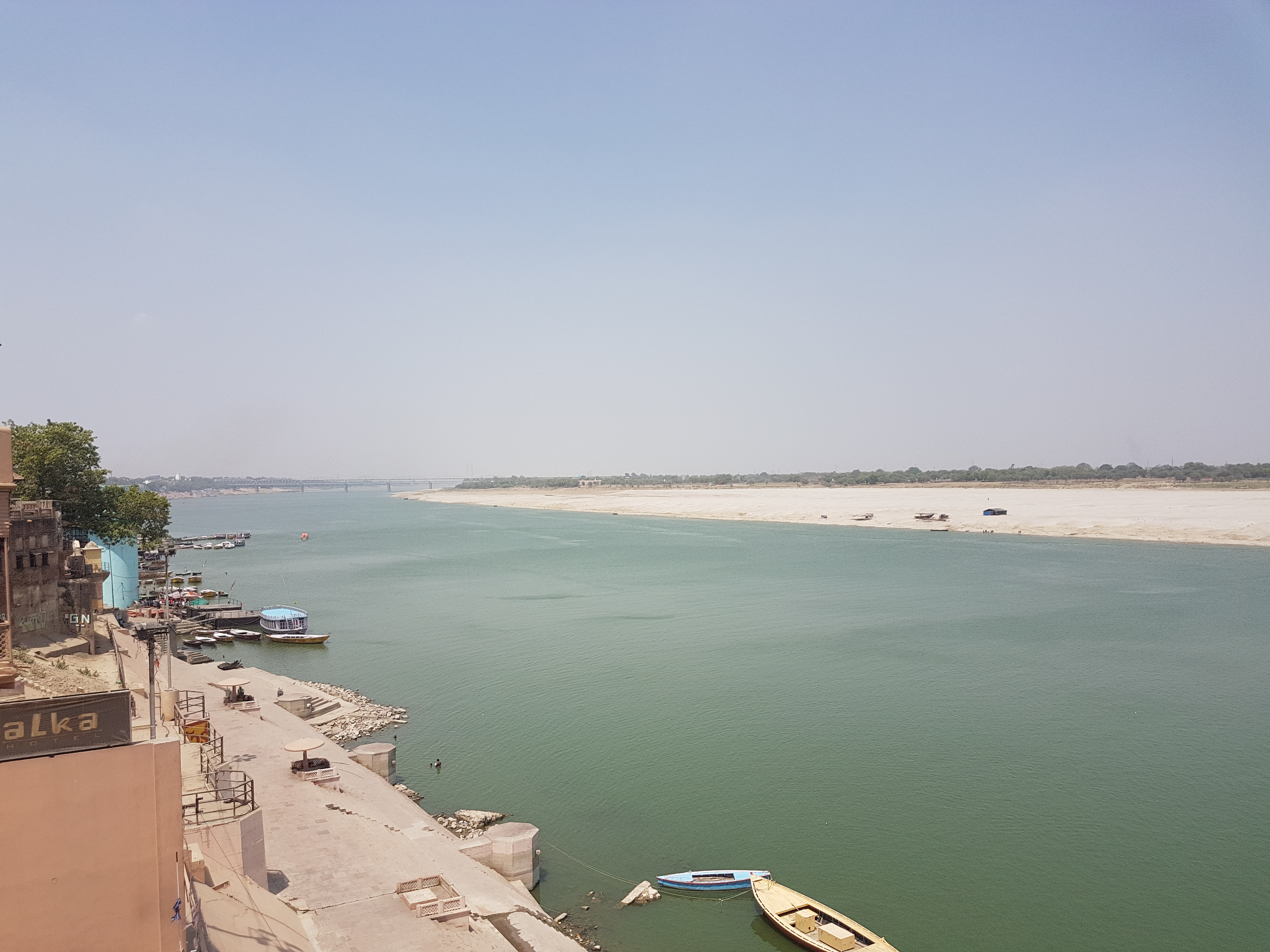
.jpg)
